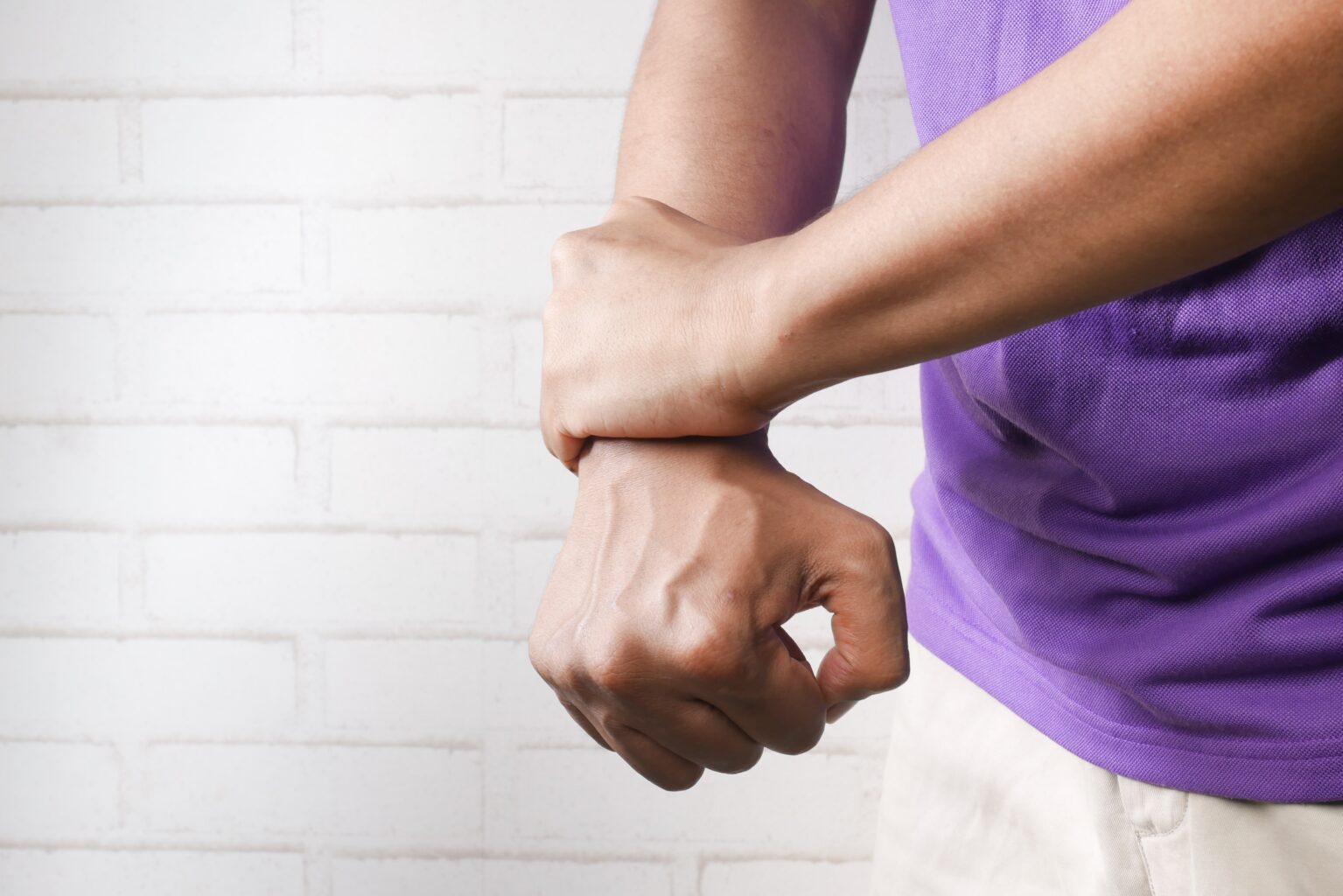There are many different types of fibromyalgia. This chronic disorder can cause a lot of hindrance and discomfort in the lives of the individuals who suffer from it. One of the best things you can do to get relief from your Fibromyalgia symptoms is to see a Chinese Medicine practitioner. They can give you a diagnosis based on various principles of organ health and energy flow. They can also help customize treatment approaches tailored to your individual patterns.
To give you an idea of what different types of Fibromyalgia can look like, here is a general breakdown of the most common Chinese Medicine diagnoses we see in these patients. Individuals will often present with patterns of stagnation or deficiency, and in many cases a combination of both. Do you relate to any of these?
The Different Types Of Fibromyalgia:
STAGNATION
“Stagnation” is defined as something that stays the same or does not flow or develop. This is what causes pain in our bodies.
Liver Qi Stagnation In Different Types Of Fibromyalgia
Stagnation often starts in the liver. The liver is the organ, in Chinese Medicine, that is responsible for the smooth flow of qi in the body. That smooth flow can be hindered by many factors including pathogens, stress, toxins, overexertion, lack of proper sleep and poor nutrition. The liver must contend with these and keep qi moving. This manifests as pain in the body along with feelings of being ‘stuck’.
Signs of Liver Qi Stagnation:
- anger
- irritability
- headaches
- muscle stiffness in neck and shoulders
- insomnia and restlessness
- irritable bowel syndrome
It is important to know that the the tongue will look slightly dusky or slightly puffy and your pulse will feel “wiry” in some positions, like a guitar string.
Blood Stasis
According to TCM, the blood follows the qi. As qi stagnation gets more severe, it can lead to blood stasis. This can set you up for even more intense symptoms and uncomfortableness.
Signs of Blood stasis:
- aches and pains in the whole body
- burning or gnawing pain
- numbness or tingling in extremities
- stabbing headaches.
For this one, it is important to note that the tongue can appear almost purple and the veins under the tongue may look distended and pulse will feel irregular.
DEFICIENCY IN DIFFERENT TYPES OF FIBROMYALGIA
“Deficiency” is defined as the state of not having enough, or lack there of. This causes the weakness within us.
Qi and Blood Deficiency –
Usually, this refers to “spleen qi deficiency” and “heart blood and/or liver blood deficiency”. The spleen is a source of qu qi which is the energy we get from food. This is an important part of post-natal qi, the energy we replenish through food and air intake. It can get damaged by poor diet or attack by an overstressed liver and leave us feeling depleted. The heart and liver have important roles in blood storage and flow. Blood deficiency in the heart disturbs the spirit. Liver blood deficiency manifests in stiff, dry muscles and joints.
Signs of qi and blood deficiency:
- chronic fatigue and exhaustion
- dizziness
- dull headache
- muscle weakness and numbness,
- insomnia
- anxiety
- palpitations
- depression
Again, important to note that your tongue will usually look pale and the pulse will feel thready, weak and deep.
Kidney Deficiency OR Yin, Yang, Qi or Essence Deficiency
As the kidneys are the root of the pre-natal qi in the body, this can be a congenital deficiency or a result of depleting our reserves over time.
Signs of kidney deficiency can vary based on the different types but in general there can be:
- sore lower back and knees
- impotence
- infertility
- low libido
- bladder symptoms
- temperature disregulation; feelings of cold (yang deficiency) or hot flashes (yin deficiency) or both.
Lastly, the tongue can be pale or red and dry with cracks and the pulse may be thin, weak and deep.
If you find yourself comparing your symptoms to the ones above, it may be time to try acupuncture for relief. In order to get the best personalized care on your healing journey, a meeting with one of our acupuncturists here at Integrative Acupuncture would be the next step! You can set-up an appointment with us here.









